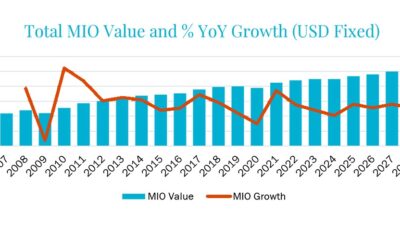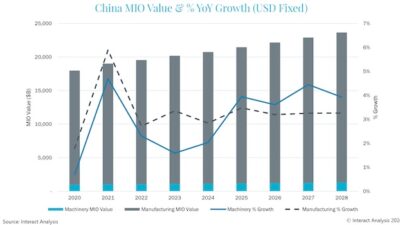Microsoft Corp.
Chicago, Ill. -Within its six scheduled conference tracks, NMW 2001 is offering four presentations by Microsoft Corp. (Redmond, Wa.) on Microsoft.Net, a new XML- and Internet-based operating system designed to free users from the artificial constraints of computer hardware and corporate servers. Ron Sielinski, Microsoft’s technical evangelist for manufacturing, and William Fong, Microsoft’s worldwide manufacturing industry manager, will present the sessions on Microsoft.Net for Manufacturing:
Plant Operations -web enabling process manufacturing and enabling end-to-end integration-March 5;
Automation & Control -web enabling discrete manufacturing to become faster, leaner, and more flexible-March 5 ;
E-Business Supply Chain Agility -integrating, orchestrating, and collaborating to achieve optimal results-March 6; and
Design Engineering & Collaborative Design -designing better products and bringing them to market faster-March 6.
The first two sessions will emphasize Microsoft.Net’s approach based on open standards, particularly extensible markup language (XML). Mr. Sielinski says XML has ‘given rise to the reality of a programmable web.’
XML is a standardized language providing data exchange for automated consumption. It enables computers to send and receive data in a predictable style, enabling programmability beyond closed and/or controlled systems. Microsoft.Net provides tools and technologies to make it easy to build secure, reliable, scalable web services. Examples of the XML-enabled products include the Windows 2000 operating systems, SQL Server 2000, Host Integration Server 2000, BizTalk Server 2000, Commerce Server 2000, and Exchange Server 2000.
Microsoft .Net becomes useful to manufacturers when it is combined with standards specific to manufacturing and enterprise, such as OPC-XML, Universal Plug and Play (UPnP), BizTalk, and Universal Description, Discovery and Integration (UDDI). Microsoft.Net for Manufacturing implements these technologies, allowing manufacturers to integrate the plant floor, the enterprise, and broader e-manufacturing solutions.
For more information on Microsoft .Net strategy, visit www.microsoft.com/net .



